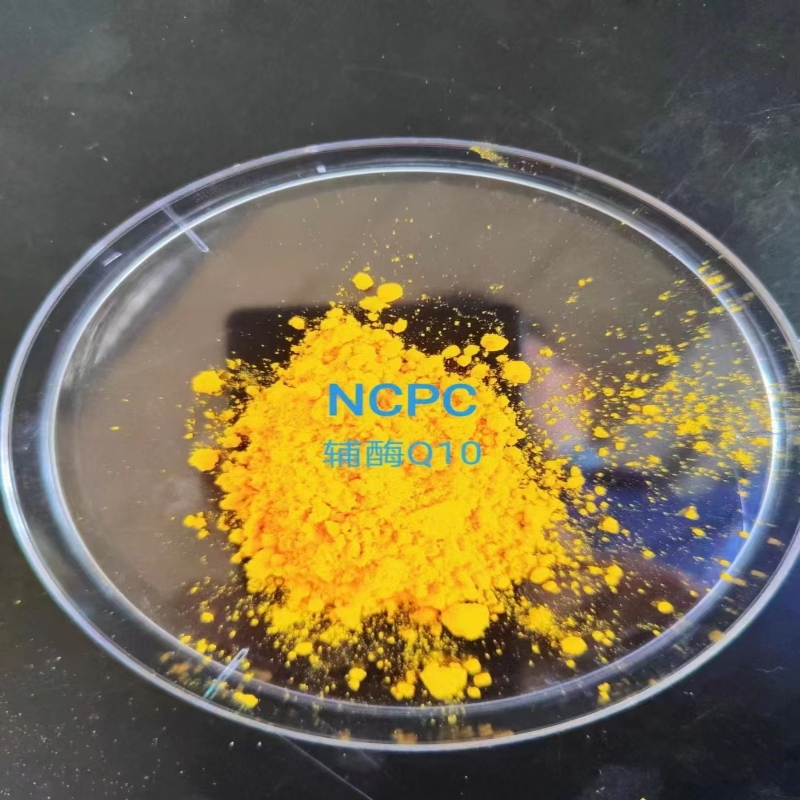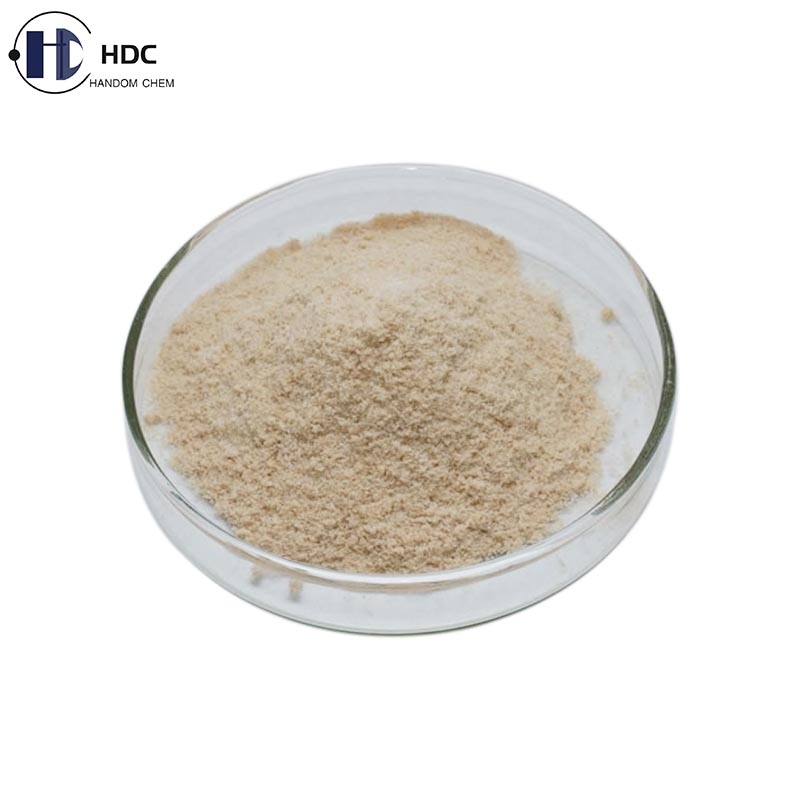Reversible assembly of artificial metalloenzyme -- recovery and utilization of artificial metalloenzyme
-
Last Update: 2018-11-11
-
Source: Internet
-
Author: User
Search more information of high quality chemicals, good prices and reliable suppliers, visit
www.echemi.com
The development of artificial metalloenzyme is a rapidly expanding field, and its design strategy is from the modification of natural metalloenzyme to the complete design from scratch Among them, the anchoring strategy of attaching synthetic catalysts to protein scaffolds has attracted wide attention because it can play the role of organometallic catalysts in biocompatible and selective protein environments In order to maximize the application potential of modular artificial enzyme, a strong and reversible anchoring process is needed, which can control the assembly and disassembly of components Controlling reversibility will allow the recovery of protein scaffolds and artificial metal cofactors Therefore, a great deal of time and energy have been devoted to study the reversibility of biotin derivatives and substitutes or (Streptococcus) avidin mutants A recent study by professors Wilson and duhme klair at the University of York, UK, not only enables the function of artificial metal enzymes, but also enables the recycling of high-value components such as proteins This research achievement was published in the nature sub journal It is an important research achievement in the field of artificial metal enzyme, which brings hope for the recycling of artificial metal enzyme The research team designed a switchable iron carrier anchoring system The iron carrier is produced by the microbial uptake of essential iron (H5 bisdhbsh and 5-azoto) In the presence of iron, catechol type iron carrier is firmly bound to the periplasmic binding protein ceue When iron is reduced to ferrous, the separation of catechol type iron carrier from protein is initiated Therefore, the assembly of artificial enzyme can be controlled by iron redox state, thus the assembly of artificial hydrogen transferase and the disassembly of reductive trigger can be realized The research team designed, synthesized and characterized the artificial transfer hydrogenase [FeIII (11) Cp * iriii]? CeuE The racemic products were produced by the catalyst without the connection of ceue protein However, the binding protein, the product is selective It can be used to distinguish the binding and unbound states of the conjugate of iron support and catalyst with ceue This shows that the conjugates can be inserted into protein scaffolds by the oxidation state of iron In the presence of iron (III), pyrocatechol type iron carrier anchor and ceue are firmly bound, but the protein can be recycled by reducing iron (III) to iron (II) releasing anchor The author thinks that if combined with the modular method of enzyme design, iron carrier combined with anchored redox system can expand the application scope of artificial enzyme For example, if ceue is fixed on the surface, an electrochemical or chemically controlled redox switch can be used to reversibly combine the selected catalyst, allowing the development of biosensor arrays or the discovery of flow systems when required Catalyst exchange via redox switches will allow for reprogramming and reprogramming of a given platform.
This article is an English version of an article which is originally in the Chinese language on echemi.com and is provided for information purposes only.
This website makes no representation or warranty of any kind, either expressed or implied, as to the accuracy, completeness ownership or reliability of
the article or any translations thereof. If you have any concerns or complaints relating to the article, please send an email, providing a detailed
description of the concern or complaint, to
service@echemi.com. A staff member will contact you within 5 working days. Once verified, infringing content
will be removed immediately.







